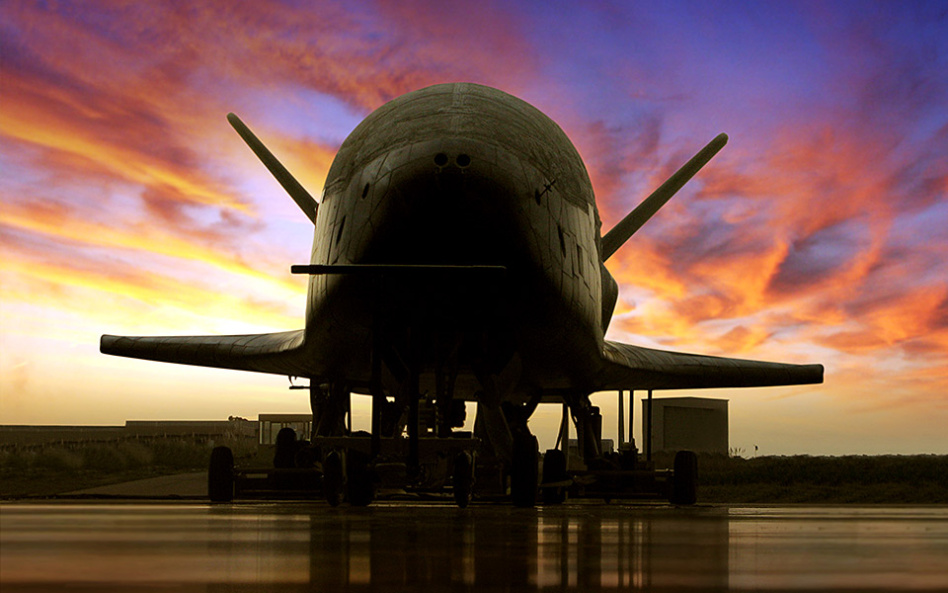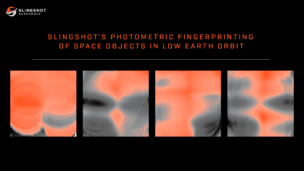Super Secret Spaceplane Celebrates New Record Somewhere In Space…With that alternate title, we would have given the “Sally sells seashells by the seashore” tongue twister a run for its money.
Unpacking the news: The Boeing-made, US Air & Space Force-operated X-37B spaceplane set a new orbital endurance record on Thursday, passing a previous one set by itself. As of this writing, the plane has been in space for 785 days.
Wind back the clock
Back on May 17, 2020, an Atlas V rocket boosted the spaceplane to its orbital destination. The X-37B is an orbital test vehicle, or OTV (not to be confused with the other type of OTV, an orbital transfer vehicle).
- The experimental spaceplane has flown five missions, OTV-1 through OTV-5.
- The first mission lasted 225 days, while the last was the previous endurance record-holder. OTV-6 = the current mission.
Specs: Boeing has two X-37Bs in its fleet. The reusable, robotic vehicle is roughly one-fourth the size of the Space Shuttle. The plane is capable of flying anywhere from 150 to 500 miles above Earth.
Mission goals
The X-37B spaceplane is intended to “demonstrate technologies for a reliable, reusable, unmanned space test platform for the US Air Force,” per a USAF fact sheet.
- The test program’s overarching goals are to push the boundaries on 1) reusable spaceflight and 2) long-duration orbital experiments that can be returned to Earth.
- More specifically, X-37B is designed as a tech testbed for advanced navigation; thermal protection; avionics; high-temp structures/seals; electromechanical flight control; advanced propulsion and materials; and autonomous flight, reentry, and landing.
- OTV-6 has two NASA experiments onboard and also deployed FalconSat-8, a 136-kg Air Force Research Lab satellite with five of its own experimental payloads.
- While most of the plane’s military payloads are classified, the US Naval Research Laboratory has revealed one experiment: PRAM, a pizza box-sized prototype testing space-based solar power.
More details?
¯\_(ツ)_/¯
When is OTV-6 set to touch back down on a runway in Florida or California? Where is it right now? What are the unknown unknowns? Your guess is as good as ours…unless you have a TS/SCI clearance and don a USSF Guardians uniform or work within a certain division of Boeing. In that case, your guess is probably a lot better than ours.




